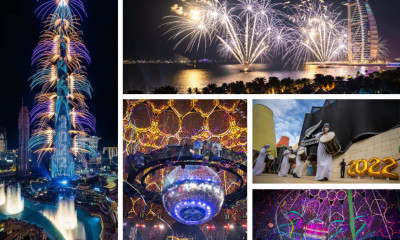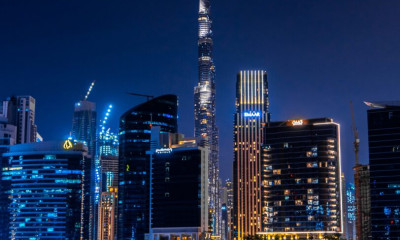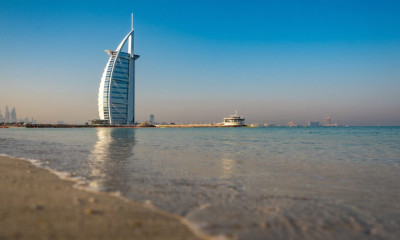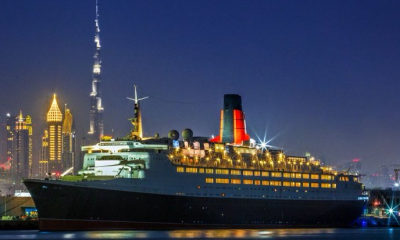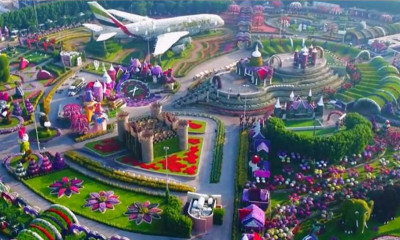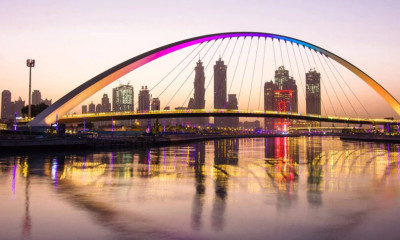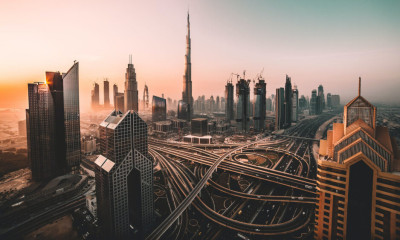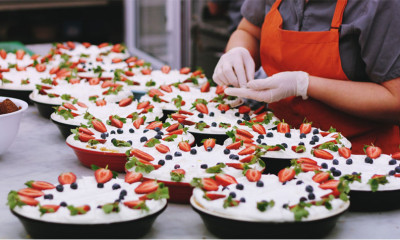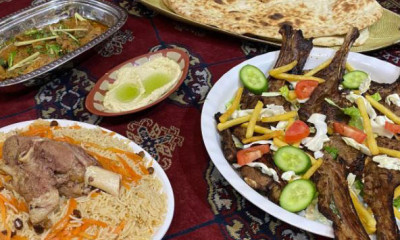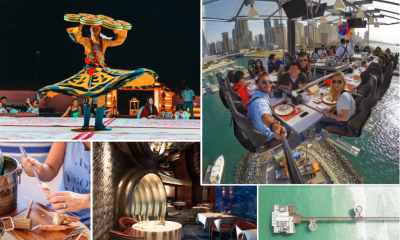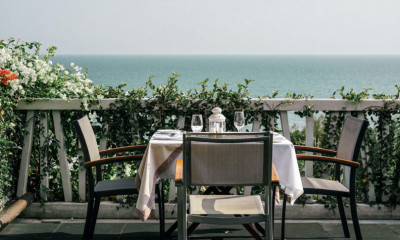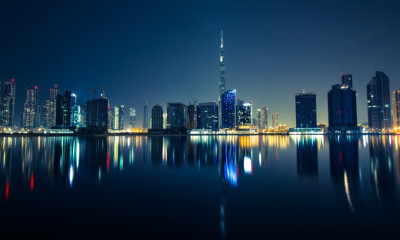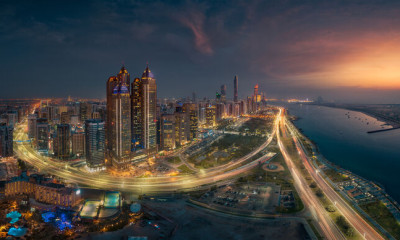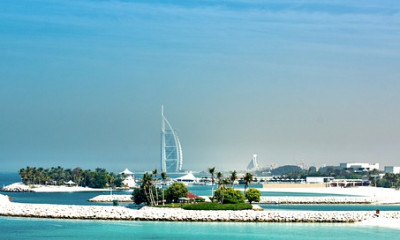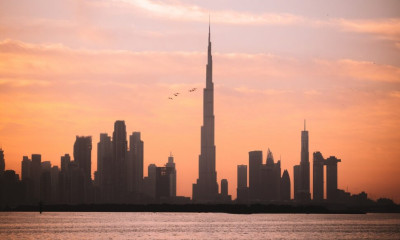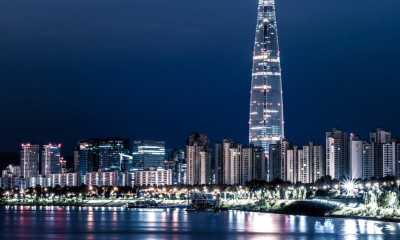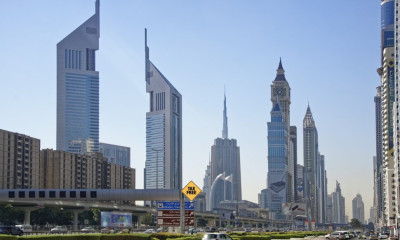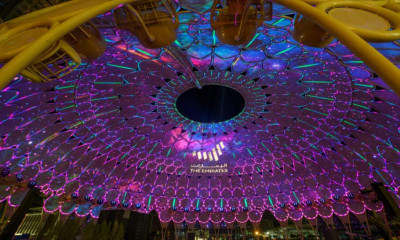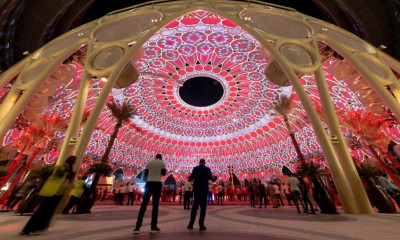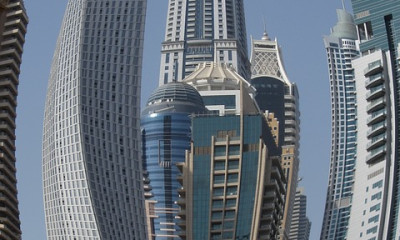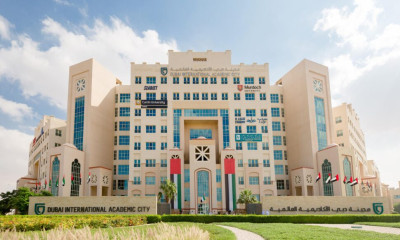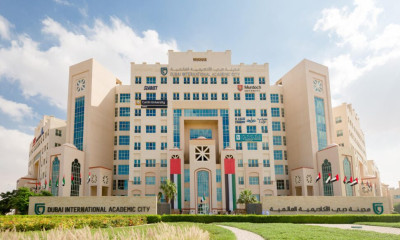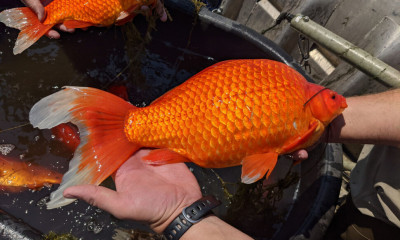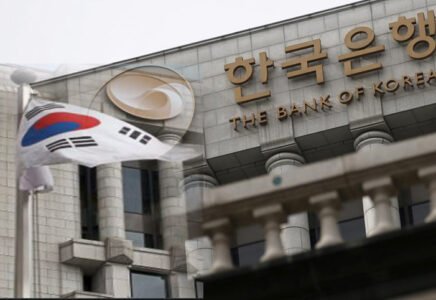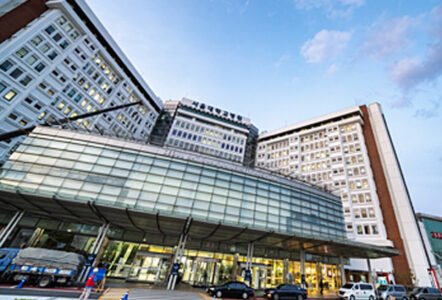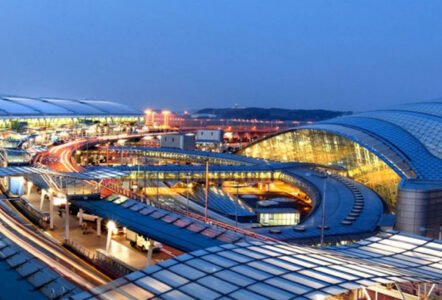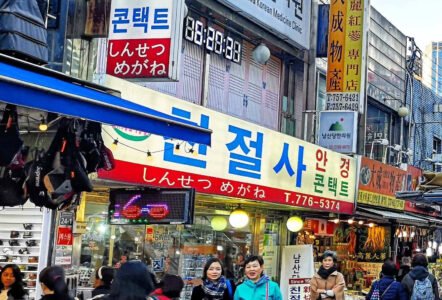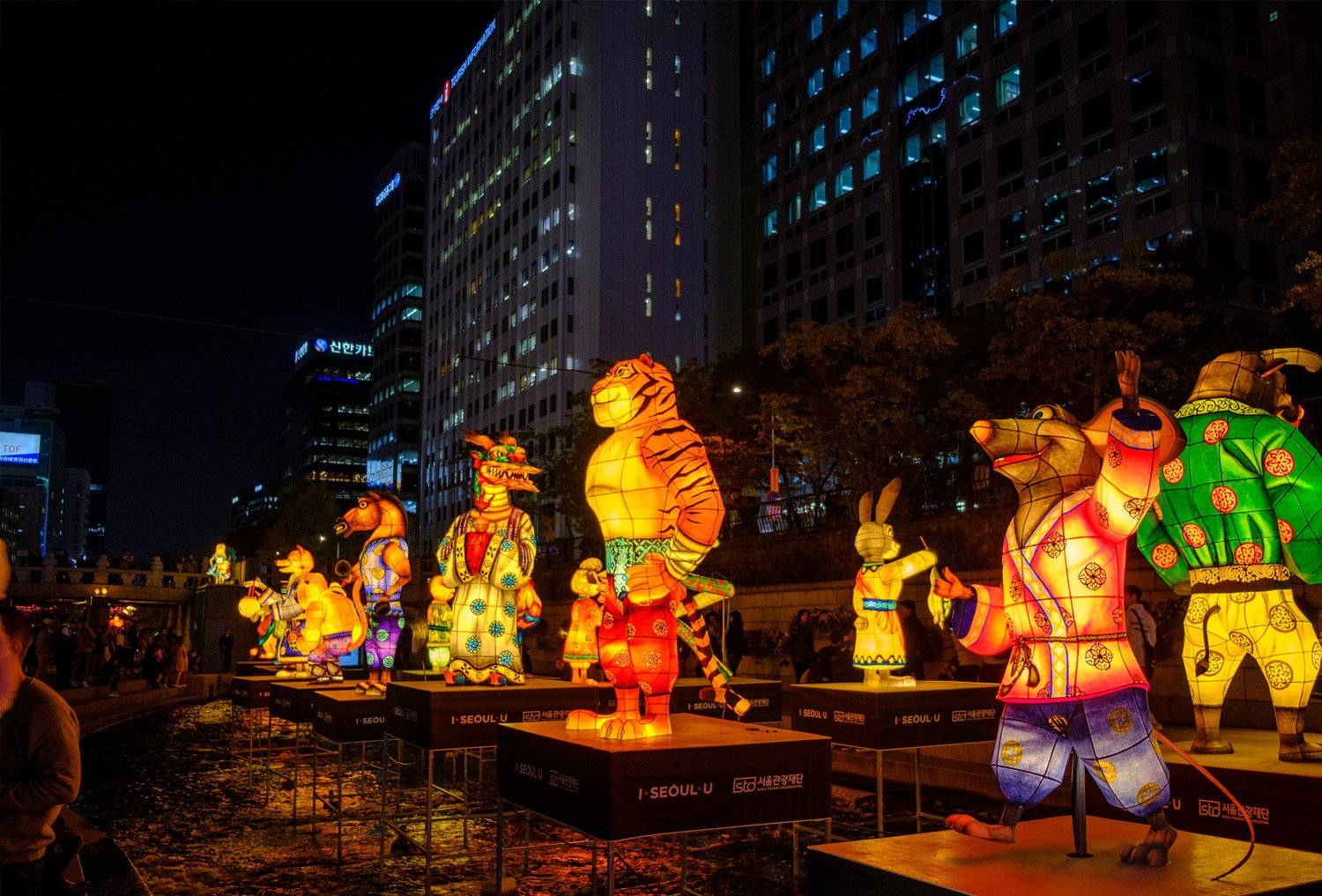
South Korea has a long and fascinating history and an excellent tourism infrastructure, including a high-speed rail system. Changdeokgung Palace, one of the five grand palaces built by the Joseon Dynasty in the 15th-century is a must-visit in Seoul. The complex houses a 78-acre garden filled with pathways, green spaces, pagodas, streams and lakes. In Busan the second largest city in the country, the coast is lined with beautiful beaches and resorts. Beomeosa Temple and the hillside Gamecheon, a European-style village on the cliffs above the sea, remain big attractions. Jagalchi is the country’s largest commercial seafood market. Jeonju, a historic city about 90 minutes from Seoul, had been once the spiritual capital of the Joseon Dynasty. Seoul Tower is the iconic observation tower rising almost 500 meters above sea level.
DMZ (Demilitarized Zone) is the no-man’s land border between North and South Korea. Heavily guarded and mined, this site can be visited, but only on an official, guided tour.
Lotte World, an amusement park in downtown Seoul and Everland, about 45 minutes outside Seoul, is Korea’s version of Disneyland. Blue House is much like the White House and is the home of the Korean president. In Suwon, one can visit the World Cup Stadium which hosted the quarter-finals of the 2002 FIFA World Cup.
South Korean food and delicacies like kimchi have become a global sensation. Known as a sweeter version of the Western pancake, hoeddeok is popular Korean street food, especially during the winter season. Bulgogi is a juicy, savoury dish of grilled marinated beef and remains one of the most popular Korean meat dishes throughout the world, and was ranked as the 23rd most-delicious food in the world according to CNN Travel’s reader’s poll in 2011. Japchae is a traditional Korean noodle dish made up of stir-fried sweet potato, thinly shredded vegetables, beef, and a hint of soy sauce and sugar. Kimchi (fermented vegetables) is one of the oldest and probably the most essential dishes in Korean cuisine.




